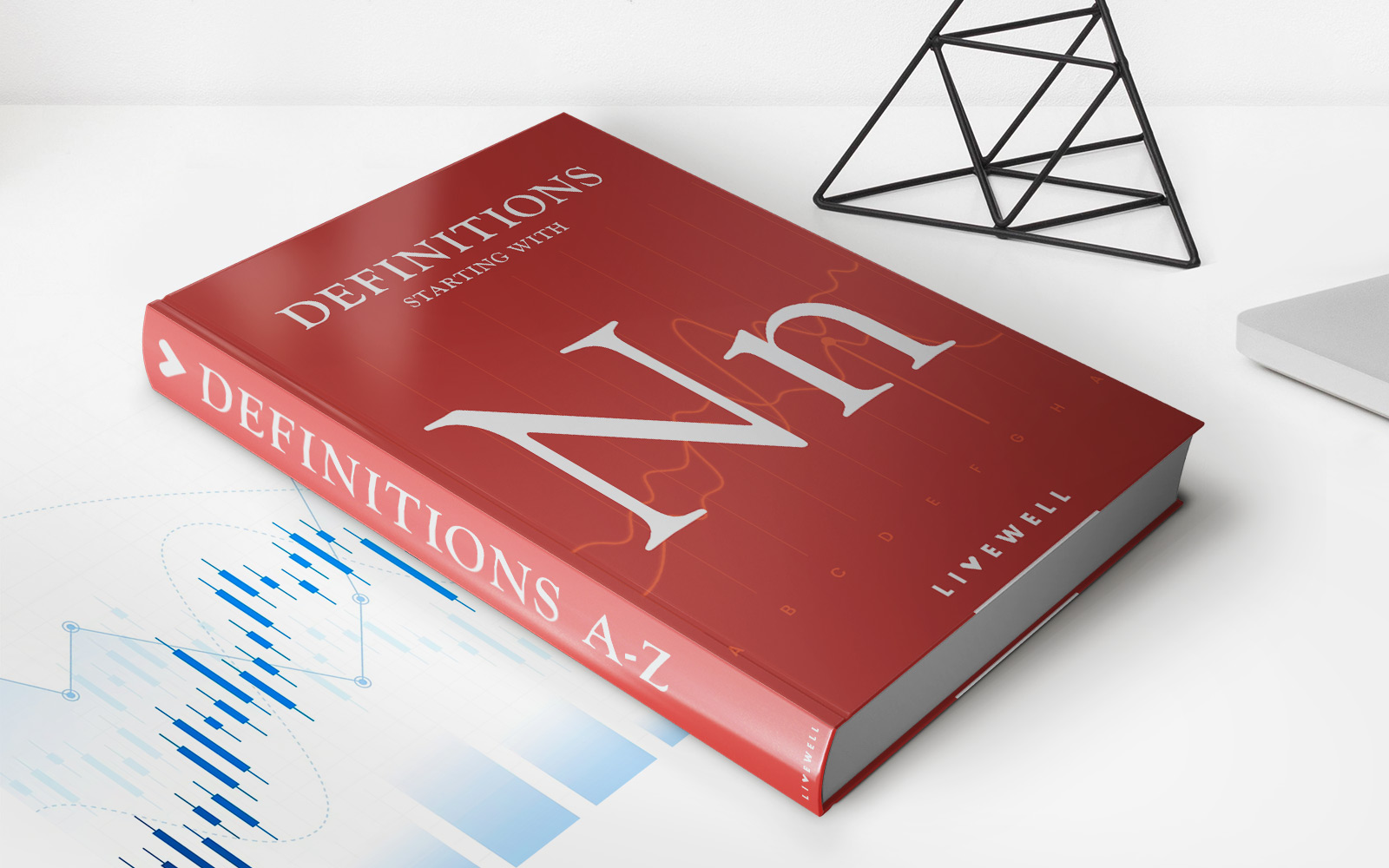Home>Finance>Average Cost Basis Method: Definition, Calculation, Alternatives


Finance
Average Cost Basis Method: Definition, Calculation, Alternatives
Published: October 11, 2023
Learn about the finance concept of Average Cost Basis Method, its calculation, and alternatives. Gain insights into managing your investment portfolio efficiently.
(Many of the links in this article redirect to a specific reviewed product. Your purchase of these products through affiliate links helps to generate commission for LiveWell, at no extra cost. Learn more)
Understanding the Average Cost Basis Method in Finance
When it comes to managing your finances, it’s essential to have a solid understanding of different investment strategies and methodologies. One such method that is commonly used by investors is the Average Cost Basis Method. In this blog post, we will delve into the definition, calculation, and alternatives of this method, helping you make informed financial decisions for your portfolio.
Key Takeaways:
- The Average Cost Basis Method is a strategy used to calculate the average cost of acquiring an investment over time.
- It is commonly utilized in situations where an investor has multiple purchases of the same asset at varying prices.
What is the Average Cost Basis Method?
The Average Cost Basis Method is a technique used to determine the average cost of acquiring an investment over a period of time. It is particularly helpful when an investor has made multiple purchases of the same asset at different prices, making it challenging to calculate the overall cost of acquiring the investment.
How is the Average Cost Basis Calculated?
Calculating the average cost basis involves dividing the total cost of all purchases by the total quantity of shares or units acquired. This provides an average price per share or unit. To calculate the average cost basis method:
- Sum up the total cost of all purchases.
- Sum up the total quantity of shares or units acquired.
- Divide the total cost by the total quantity to obtain the average cost.
Why is the Average Cost Basis Method Used?
The Average Cost Basis Method is used for a variety of reasons:
- It simplifies the calculation of the average cost of an investment.
- It smooths out price fluctuations by considering various purchase prices.
- It provides a clear picture of the overall investment cost and can help determine profit or loss.
Alternatives to the Average Cost Basis Method:
While the Average Cost Basis Method is widely used, there are alternative methods for determining the cost basis of investments:
- First-in, First-out (FIFO): This method assumes that the first units purchased are the first ones sold.
- Last-in, First-out (LIFO): The opposite of FIFO, this method assumes that the most recently acquired units are the first ones sold.
- Specific Identification: This method involves tracking individual units or shares to calculate the cost basis.
Each of these alternatives has its own advantages and may be more suitable depending on your investment goals and circumstances.
Conclusion
The Average Cost Basis Method is a valuable tool that simplifies the calculation of the average cost of acquiring an investment over time. By considering multiple purchases at varying prices, this method provides a clear picture of the investment’s cost, helping you make informed financial decisions. However, it is essential to be aware of alternative methods and evaluate which one aligns best with your investment objectives.














